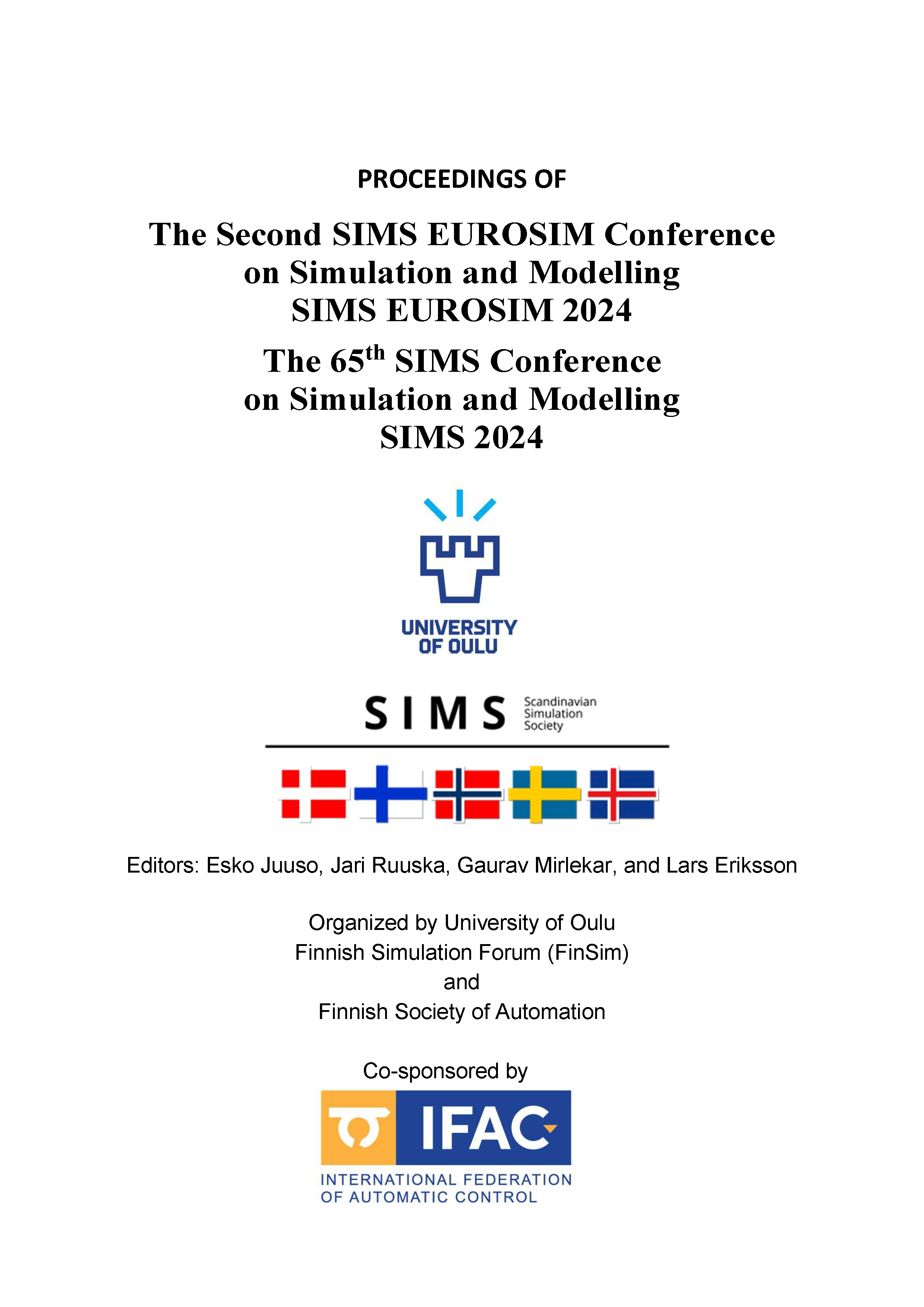Green infrastructure for resilient urban design: the mapping and management of green roofs in Oslo
DOI:
https://doi.org/10.3384/ecp212.036Keywords:
Nature-based solutions, green infrastructure, green roofs, climate resilience, UHI, water retention, GIS tools.Abstract
Achieving “Climate-Neutral and Smart Cities” is now high on the agenda and the city of Oslo has set an even more ambitious goal of becoming a zero-emission city. However, the promotion of more compact development may lead to some negative effects such as the entrapment of polluted air, wind tunnel effects or urban heat islands. Green infrastructure (GI) can be used as a mitigation measure, bringing many benefits such as improving air quality, regulating thermal environment, reducing energy consumption, managing storm water, or promoting urban biodiversity. In this work, we aim to map the existing green roof infrastructure in Oslo and develop an evidence-base strategy for its further development. Interviews with stakeholders revealed the practical challenges such as structural limitations, high installation and maintenance costs, and regulatory compliance issues. However, they also recognized the significant environmental advantages that highlight the importance of green roofs in urban sustainability strategies. Geographical information system (GIS) tools are used to identify the potential areas for further green roof implementation, considering the spatial, morphological and environmental conditions. 91 Priority green roof areas (PRIOGRAs) and 13 Potential green roof areas (PGRAs) are identified as the most suitable after applying filters like roof surface area, and dominating roof area and slope criteria, exclusion of cultural heritage buildings and existing green roofs, tree density per person deficit, and building age. 2044 roofs can be considered suitable without the building age criteria. These findings will potentially help providing actionable insights for policymakers, urban planners, and the research community.Downloads
Published
2025-01-13
Issue
Section
Papers
License
Copyright (c) 2025 Albert Likang Hu, Joanna Maria Badach, Arnab Chaudhuri

This work is licensed under a Creative Commons Attribution 4.0 International License.

